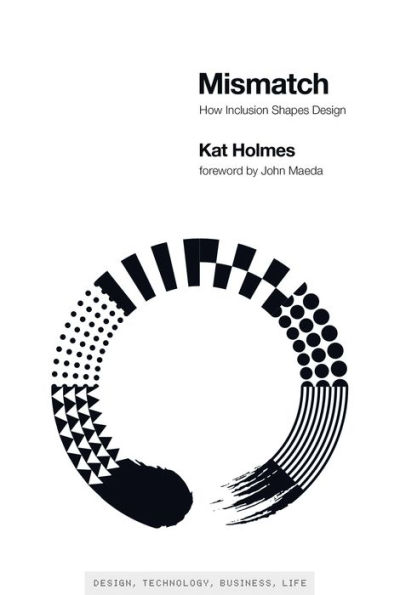Endorsement
Design at its best gladdens our lives, and shapes the way we experience the world—but it can limit that experience, too. Counters may be too elevated for someone in a wheelchair, and playgrounds built solely for able-bodied children a trial for those who can neither run nor climb. Even a magical faucet, built to flow at the wave of a hand, is ill suited for the blind. InMismatched, a crusading and important look at how design can frustrate and even alienate users, Kat Holmes compels us to be more inclusive. She shows us that design requires not only ingenuity but humility. It must solve problems, yes, but it must also work with those excluded to reimagine and improve their experiences.
—
Caroline Baumann, Director, Cooper Hewitt, Smithsonian Design Museum
From the Publisher
Kat Holmes shows us how to make inclusion a source of innovation. An important read for anyone who aspires to build great products for the greatest number of people.
—
Satya Nadella, CEO, Microsoft
Design shapes our human experience. As software changes our world, inclusive thoughtful design will be even more important. In this absorbing and important book, Kat Holmes lays out clear steps and the role we can each play to overcome bias and create inclusive design.
—
Victoria A. Espinel, CEO of BSA | The Software Alliance
Kat Holmes's approachable book, Mismatch, calls to tech industry leaders and designers to create inclusion by making a world that invites all of us to participate and benefits everyone. Designing for the future, Holmes convinces, requires designing for human diversity. Mismatch is a manifesto, a primer, and a rousing invitation for everyone in the design and production process to become inclusion experts who will collectively make a better, more effective, and more just world for us to share.
—
Rosemarie Garland-Thomson, Professor of English and Bioethics at Emory University, author of
Extraordinary Bodies and
Staring: How We LookDesign at its best gladdens our lives, and shapes the way we experience the world—but it can limit that experience, too. Counters may be too elevated for someone in a wheelchair, and playgrounds built solely for able-bodied children a trial for those who can neither run nor climb. Even a magical faucet, built to flow at the wave of a hand, is ill suited for the blind. In Mismatch, a crusading and important look at how design can frustrate and even alienate users, Kat Holmes compels us to be more inclusive. She shows us that design requires not only ingenuity but humility. It must solve problems, yes, but it must also work with those excluded to reimagine and improve their experiences.
—
Caroline Baumann, Director, Cooper Hewitt, Smithsonian Design Museum



